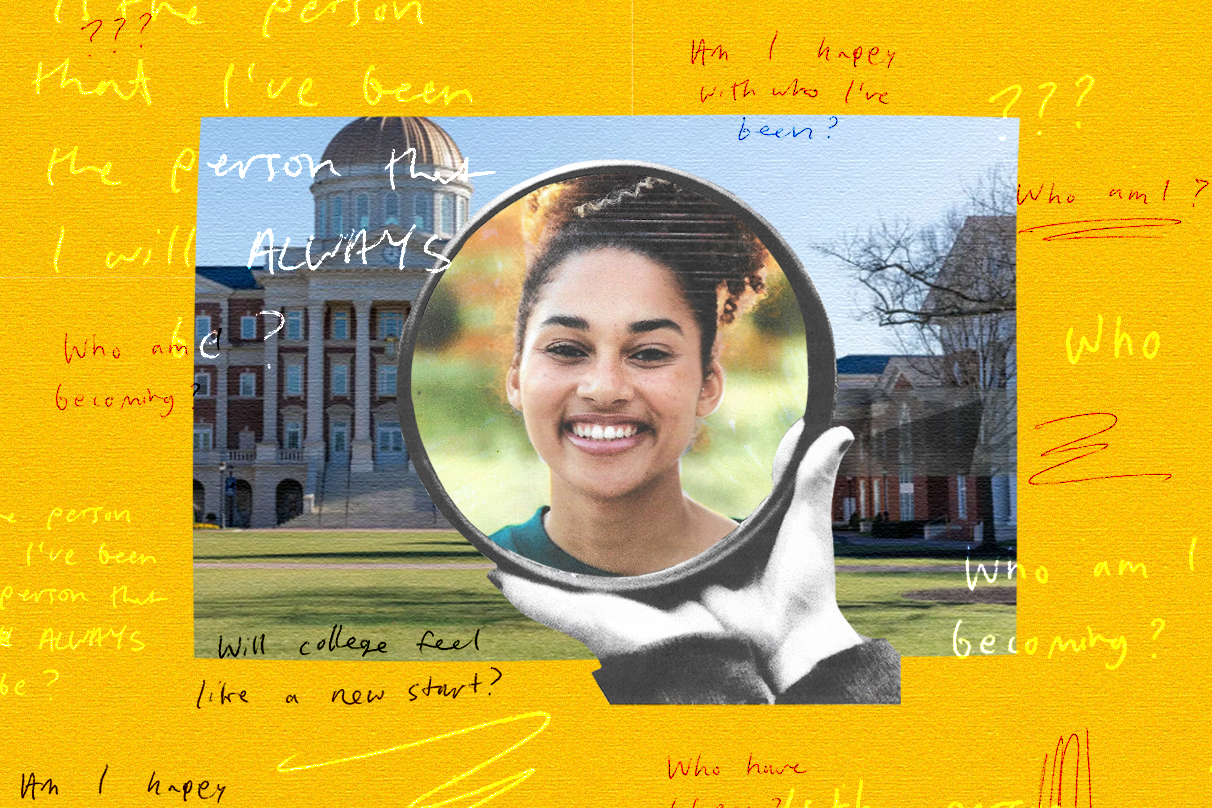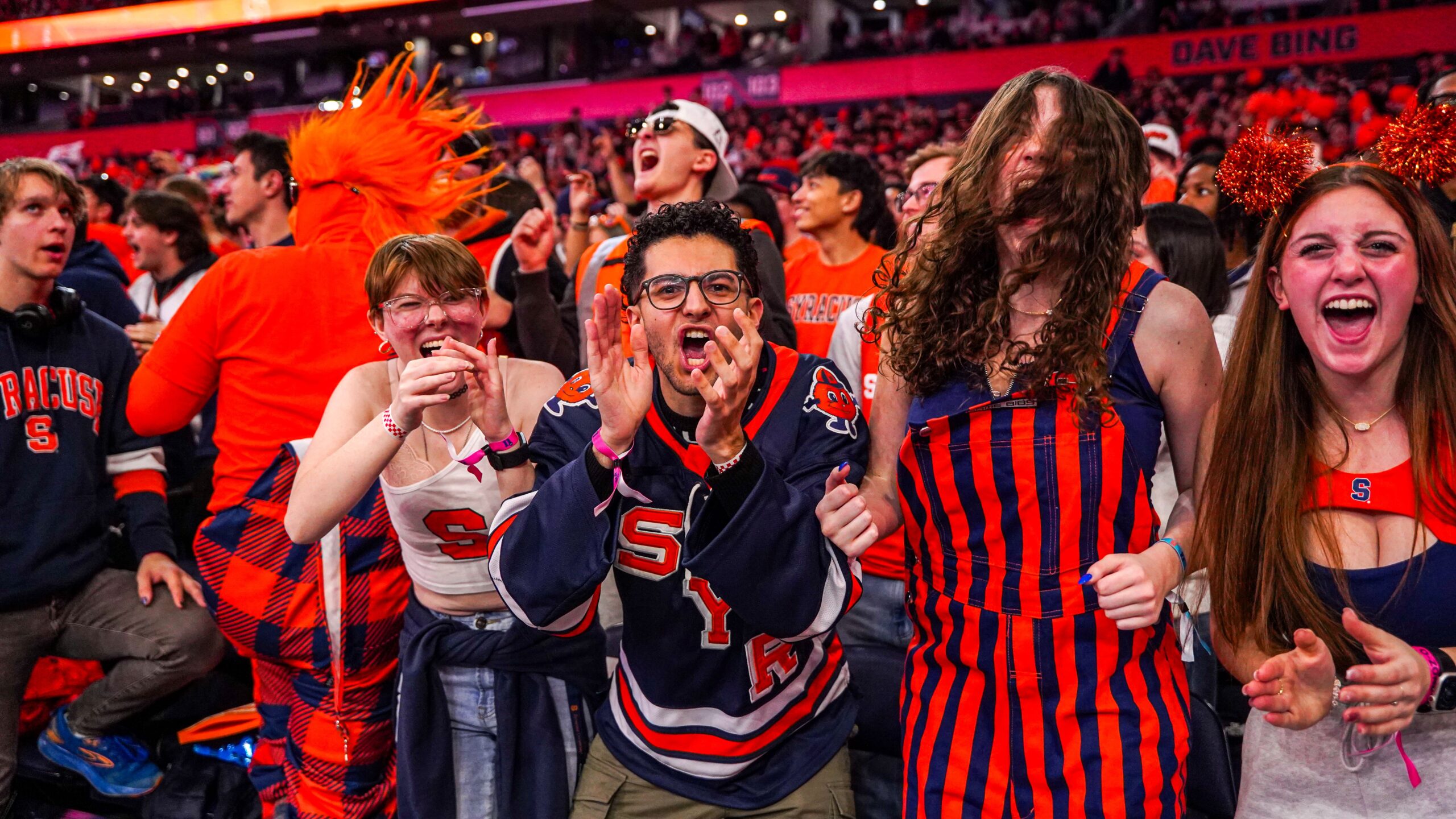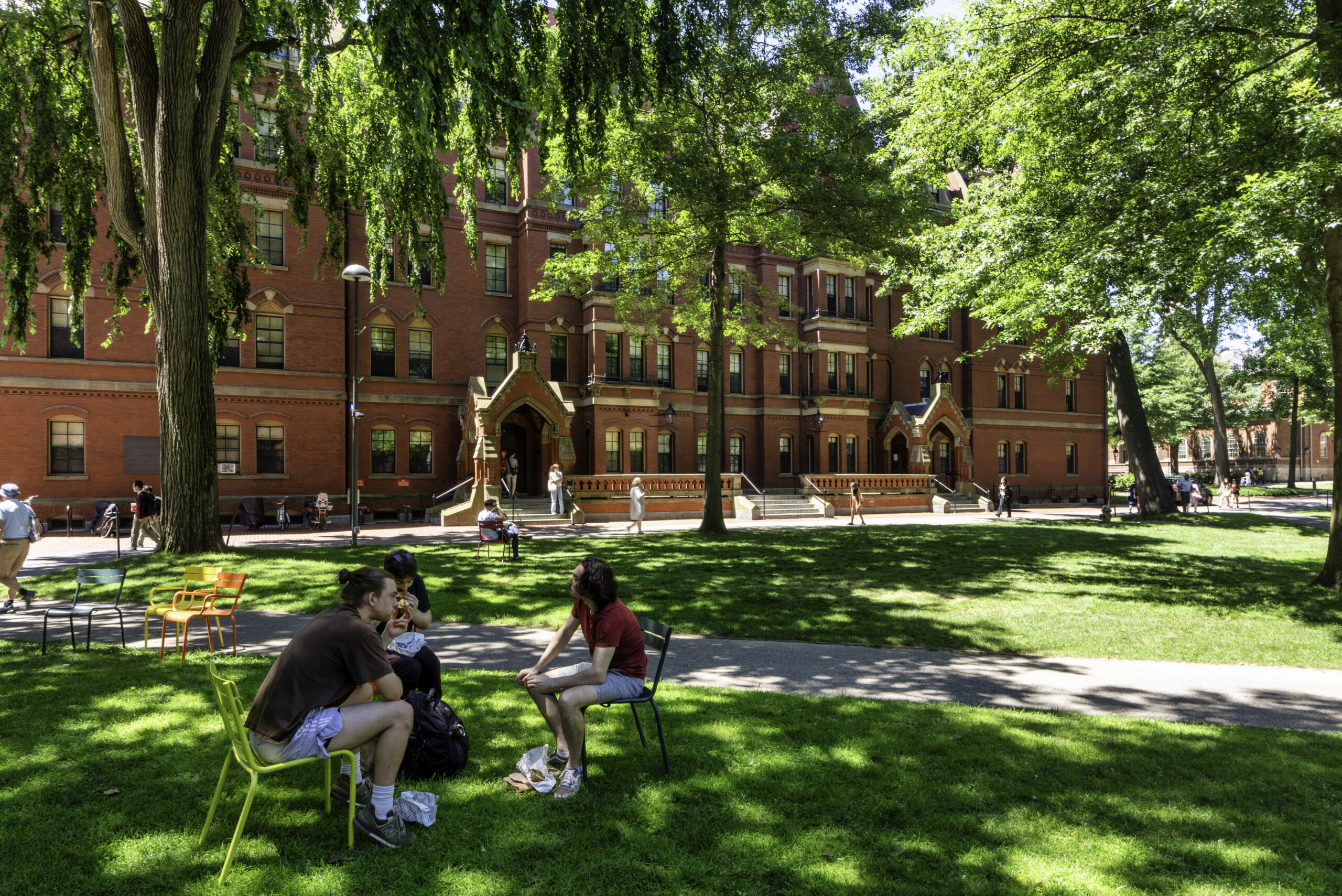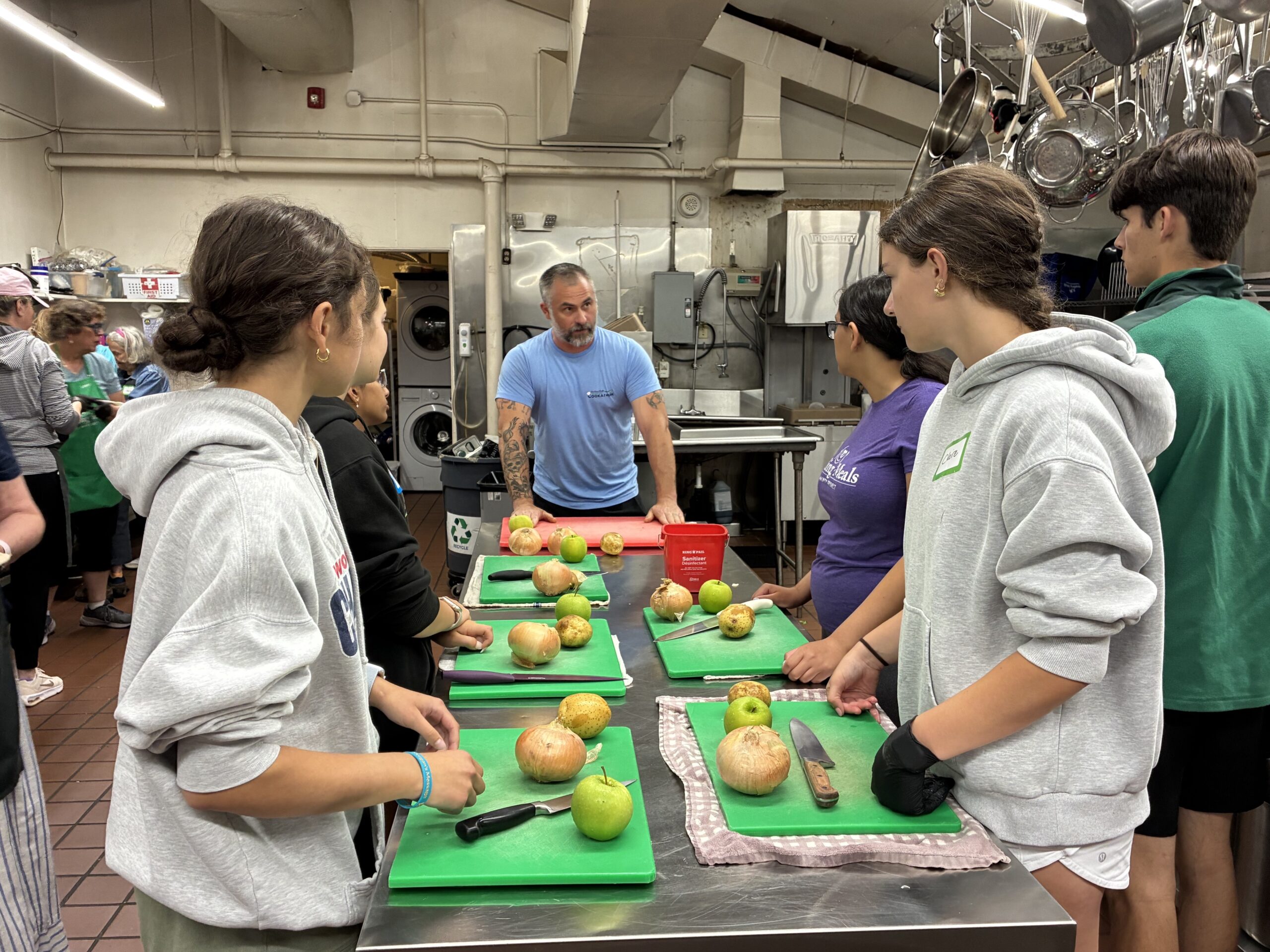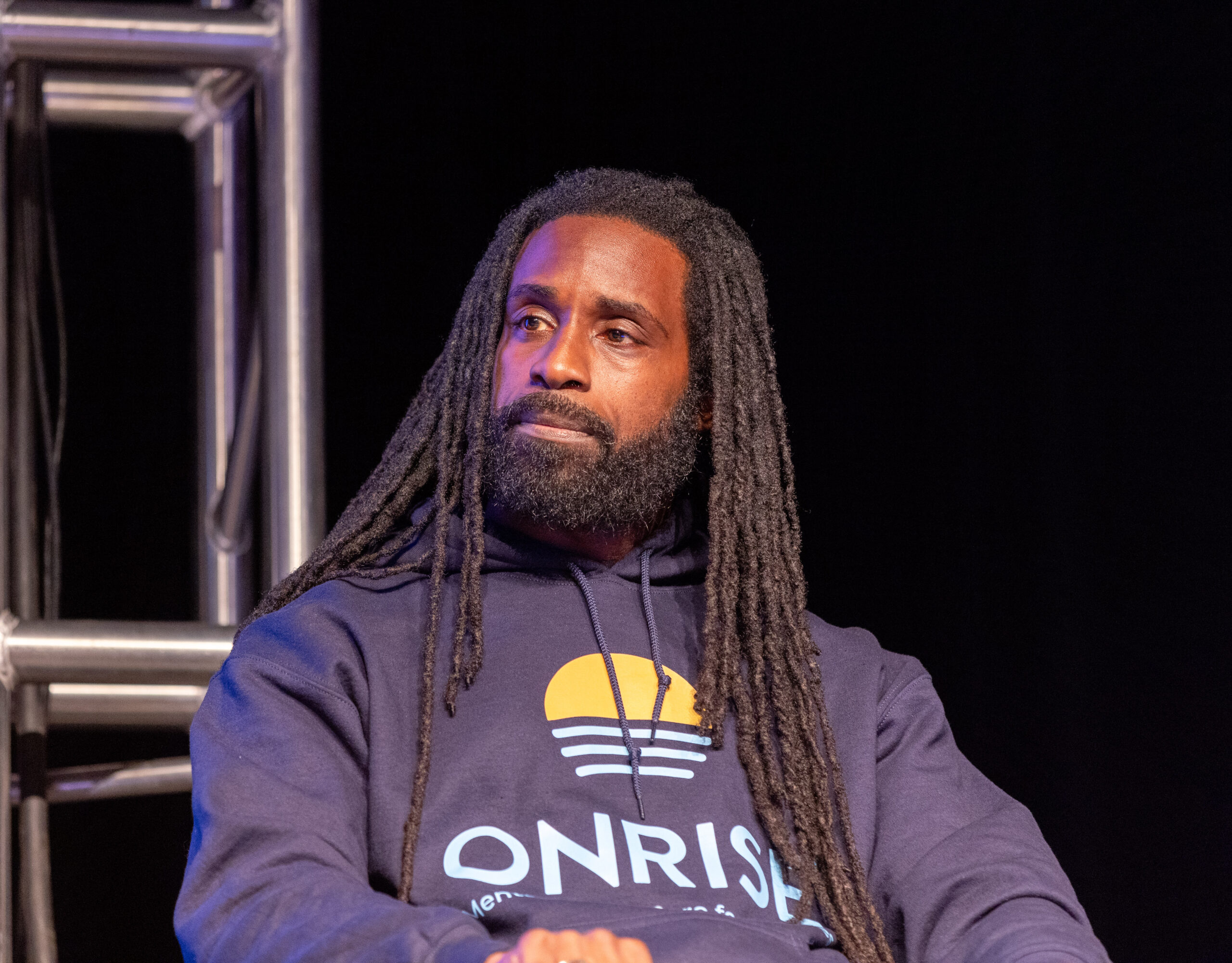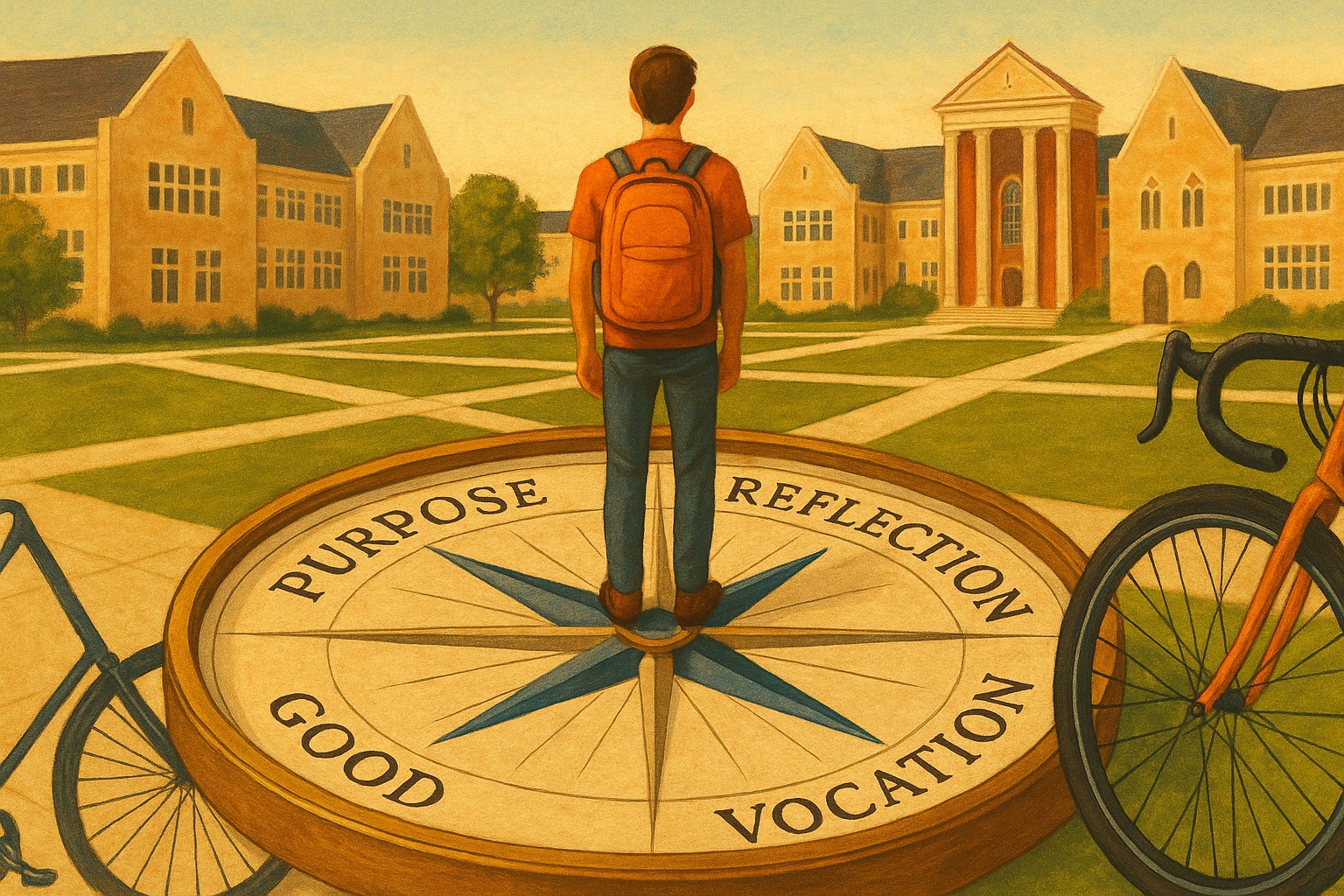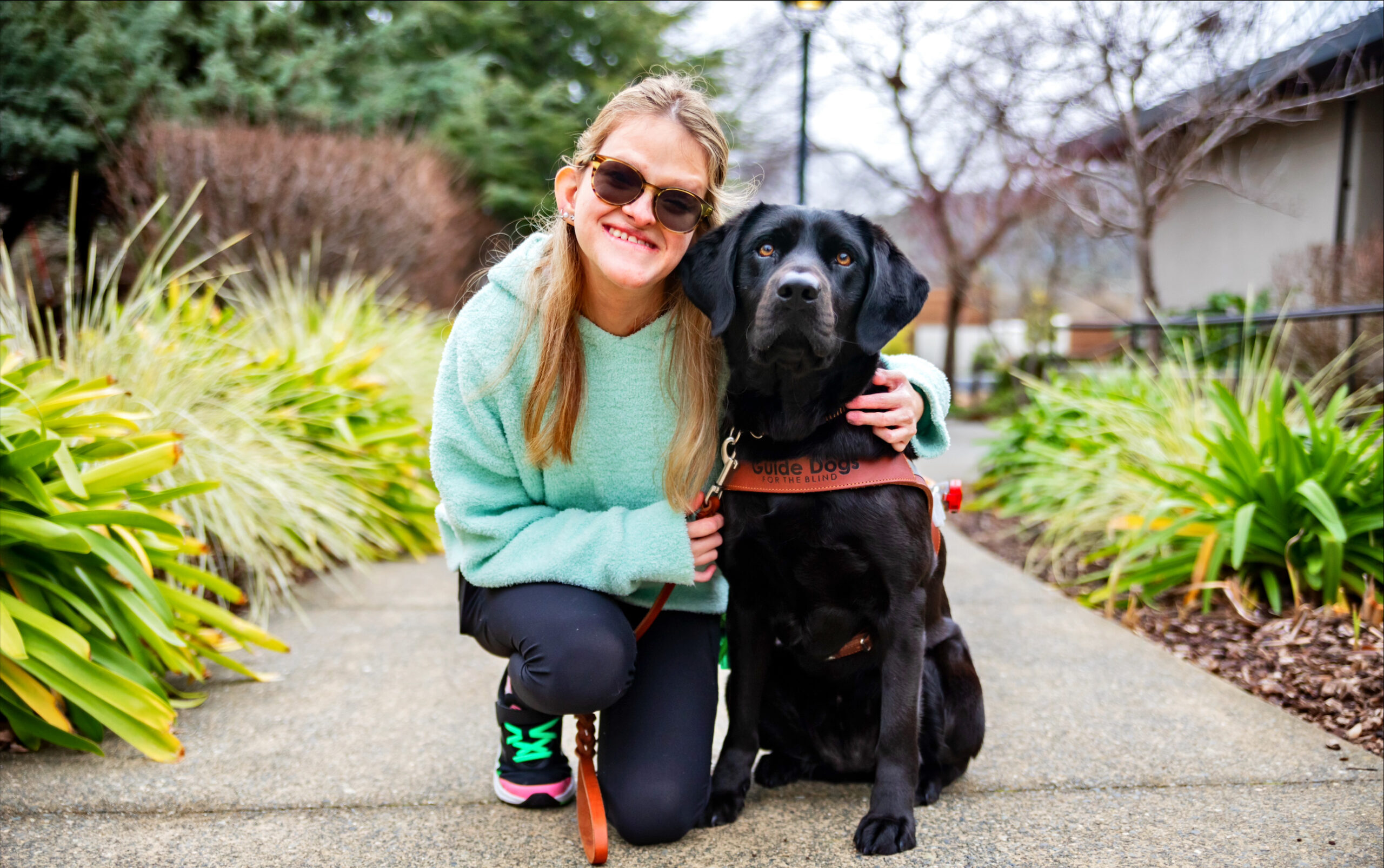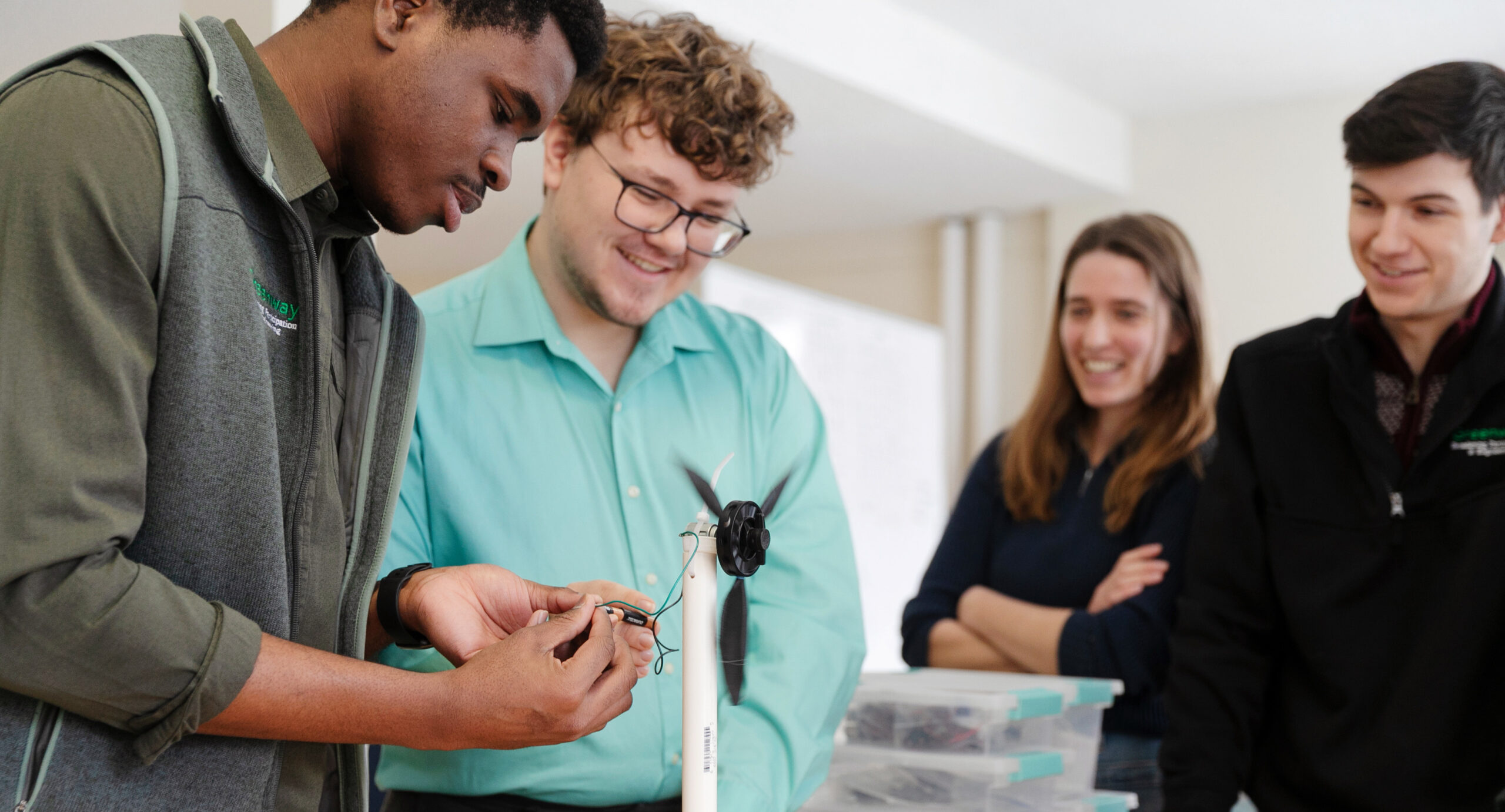In a scene from the new series Overcompensating, two impossibly enthusiastic orientation leaders address a circle of wide-eyed first years. “Welcome to college, where you can have a fresh start!” one proclaims. “And you can be whoever you want to be!” the second finishes. A third leader, disabled and in a wheelchair, rolls her eyes at them and questions aloud in signature deadpan: “Can you?”
The show’s protagonist is Benny Scanlon, who begins college with a quest to fit in and quickly learns it comes at a cost. His pursuit of social success leads him to not only hide his gay identity but perform his vision of what is acceptable — masculinity, straightness, wealth — in the most extreme way possible. The façade begins slipping almost immediately, as his efforts to imitate who he imagines everyone else to be battle against his instincts to be who he really is.
For many in real life, the college experience offers an opportunity to self-discover beyond the confines of home for the first time. Even those who have lived independently before will find themselves starting fresh to some extent, needing to present themselves in a new place to new classmates. From the photos they put on their walls to the clothes they wear on the first day of class, they are cultivating, maybe even curating, an image of themselves — an identity.
Some will look forward to the opportunity for reinvention, while others struggle to determine who they want to put forward — and not just at the start. Either way, this process of identity formation is coming to the fore with the start of their adult lives. And it carries implications for wellbeing, especially as the developmentally crucial college years tend to coincide with the emergence of mental health disorders. With a strong sense of identity linked to overall wellbeing, the role of college as a laboratory for self-discovery may indeed be one of its most important.
For those approaching college eager to reimagine themselves, the relief could be immediate. Living away from the people who know them and the family, places, and activities typically associated with them may feel liberating. That’s the case in Overcompensating for Benny’s fast friend, Carmen, who’s ready to move on from her perceived identity in high school as a socially invisible “no one.” She represents all those who have wanted to shed reputations they view as having pigeonholed them: “jock,” “nerd,” “troublemaker,” or “no one.”
Others may anticipate college as the place not to become someone completely new but to fulfill some part of themselves formerly untapped or suppressed. Unlike the Benny character, some LGBTQ students enter college excited to be able to express and explore that side of themselves more deeply. Beyond queer students, the general diversity on college campuses may offer those hoping to explore some latent background or interest — a spiritual tradition, academic discipline, professional venture —more opportunities to do so than ever before.
The act of attending higher education itself, or a specific institution, can also play a role in building a sense of self. That is, being a college student or a college-educated person becomes an important identity marker. First-generation college students could derive pride from that new status, as well as meaningful connection among those who share it. At schools with certain branded reputations or key programs — a passionate sports fandom, elite academics, even widespread appreciation for the outdoors — students may embrace these qualities and begin to absorb them into their individual self-concept.
The pursuit of identity often stems from being drawn to a broader whole — to belong. Identity and belonging are like two sides of a coin, both connoting a sense of purpose and meaning important to wellbeing, though one is derived from oneself and the other from connections with others. The lines between them are also blurry, as people derive individual purpose from engagement with others and membership to a group. This is often the case in college, where students’ search for themselves tends to land them in communion with others: affinity groups, newspaper offices, Greek life. Especially for those from marginalized backgrounds — LGBTQ students, first-gen students — access to peers and mentors who share their experiences can be a key catalyst for identity formation.
Of course, there are tempting pitfalls in the process of seeking identity and finding belonging at college, particularly if students do so at the expense of who they know themselves to be at their core. For all the opportunities universities offer to explore new or untapped facets of self, dominant social forces may offer a path of least resistance: becoming someone acceptable but not necessarily authentic. In a new, potentially more competitive environment, the crush of uncertainty and insecurity can close in and push many to feel they need to prove their worth.
There are tempting pitfalls in the process of seeking identity and finding belonging at college, particularly if students do so at the expense of who they know themselves to be at their core.
This tug and pull extends into the academic domain, where imposter syndrome is prominent, specifically among students accustomed to academic success who find themselves in the company of others equally proficient. The sense that their talents are ‘less than’ because they are no longer superlative can leave young people feeling unsure of themselves and the way forward. A similar effect may spread among high-performing students from marginalized groups who fear being perceived as undeserving of their achievements. Again, contending with how they see themselves compared to how others see them is part of the difficult work of becoming who they are.
Identity formation can feel like an education unto its own, but if students realize later that certain turns led them in the wrong direction, that doesn’t mean taking them was wrong. Although some may arrive at college fully formed, assured of who they are or plan on becoming, many more will likely find identity formation to be an unpredictable and ever-evolving course — one in which self-discovery has no end point and builds from knowing who they are as much as who they are not. For Benny and Carmen in Overcompensating, their valiant efforts pretending to be other people still leave them careening towards one apparent inevitability: themselves.
